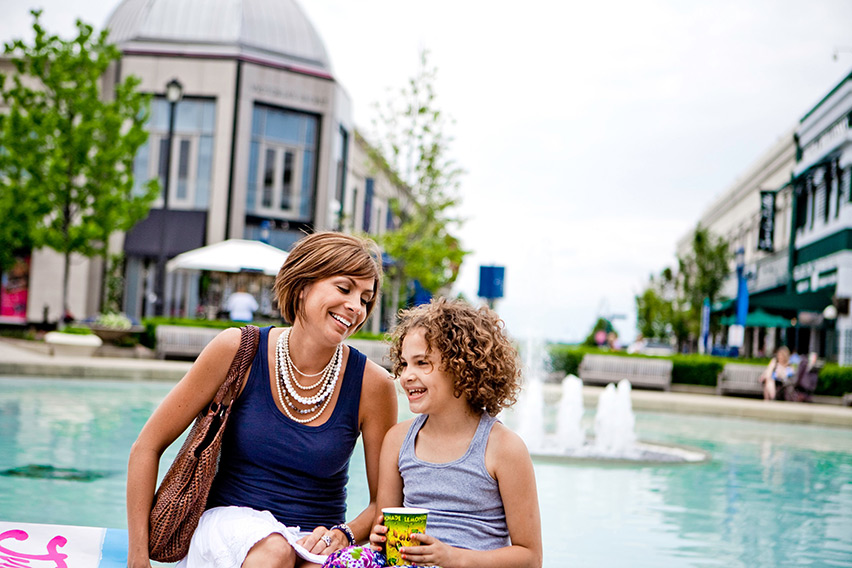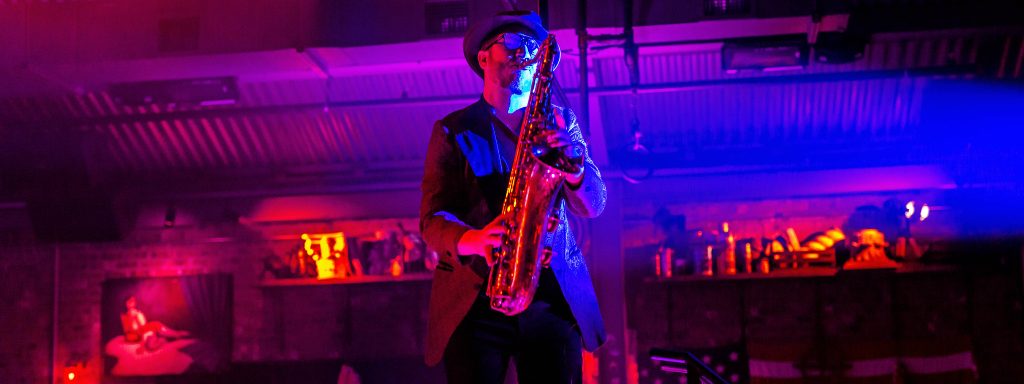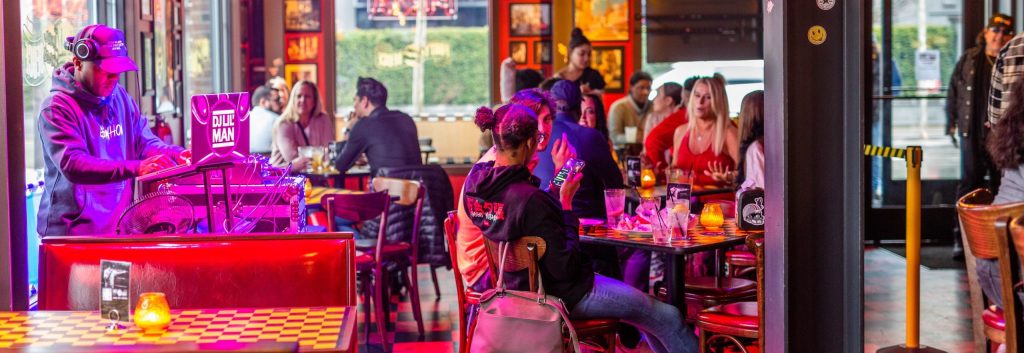By Yaromir Steiner
The emergence of the place as the anchor
There is a seismic shift taking place in the bedrock of retail real estate development. Like the tectonic forces that move continents, the shift is gradual, but it is also profound: the definition of what constitutes an anchor in a retail or mixed-use development is changing once again.Traditional department store anchors have long since ceded much of their space to a new generation of anchor concepts that includes entertainment anchors like multiplex theaters and large scale destination stores that can generate interest and drive regional traffic. But there is a relatively new and emerging anchor concept on the retail real estate landscape and it has important implications for how we design, develop and experience the commercial developments of tomorrow: the place is the anchor.
What does that mean?
The place as the anchor is a shorter way of saying that the collective commercial, entertainment and experiential power of the space—which includes not only the retail energy, but also the aesthetic appeal, the authenticity and usability of the built environment, and the social potential—takes on a life of its own and becomes a brand unto itself. To use a baseball analogy, it’s the equivalent of a team that, instead of relying on one or two overhyped stars, assembles all the pieces of a winning team in all facets of the game—offense, defense and pitching—and injects new life and energy into the ballpark with more comfortable seats, tastier food items and engaging programming to entertain the fans. When done well, the result is a better fan experience, higher attendance, a favorable bottom line for ownership, and a team that wins a lot of ballgames.
When we talk about place-making in the industry, this is the end game. Visitors, residents, and guests are not attracted to these retail and mixed-use environments in search of one particular retail brand, they come because they enjoy everything about the project. It’s not about a logo, it’s about an experience.
This is not necessarily a revolutionary concept. Projects like Crocker Park in Cleveland, Ohio; Easton Town Center in Columbus, Ohio; The Grove in Los Angeles, California; Zona Rosa in Kansas City, Missouri; and City Place in Palm Beach, Florida have all leveraged their experiential power and memorable place-making potential to go beyond the traditional anchor concept and establish the place itself as the anchor. And these pioneers will not be on their own for long: innovative new developments are already coming online (with more in the development pipeline) representing a new generation of projects that have paid less attention to inking one or two premier anchor tenants and more attention to establishing a vibrant tenant mix, and to creating great spaces, places and experiences.
This trend is being driven by two primary factors: the emergence of strong retail brands and the reintroduction of leisure-time uses into the retail mix. The former, which is both a contributing factor to and a direct result of the diminishing role of department store anchors in design decisions, is also spurred along by the growing consumer preference for “direct access” to brands. The latter has helped to re-establish the social role of the marketplace, reinforce the importance of open-air environments, and remind architects and developers alike of the need for authenticity in the built environment.
How does the place become the anchor? This is not something that is easy to do, and it rarely—if ever—happens by accident. There are certain key characteristics that all great place anchors share: compelling public spaces, a mix of uses, open-air environments, the utilization of traditional urban design principles, the integration of leisure time uses, and the creation of not just commercial, but civic and social hubs. The best part is that these concepts are not only already out there, they are performing well. They are creating an experiential loop where visitors stay longer and spend more, while they themselves contribute to the all-important human energy that makes the best public spaces so dynamic and engaging.
So where does this leave retail real estate development? What is the impact on this trend on the future? Over the next 25 years, I suspect that this gradual change will continue to move forward, slowly replacing the traditional mall model with the next generation of New Town Centers. These New Town Centers will have the critical mass to become self-sustaining regional destinations (a minimum 500,000 square feet of retail space), with office, residential, services and hospitality components integrated vertically or immediately adjacent to retail uses. Buildings and streets in the New Town Centers will be constructed at the human scale—designed for people, but able to easily accommodate vehicles—and authentic public spaces and natural gathering spaces will serve as social “anchors” within the project. Unburdened by the ponderous weight of traditional anchor restrictions and the stale development formulas of the past, the New Town Centers of the future will be their own anchors, free to explore new ideas and fulfill their commercial and experiential potential.






